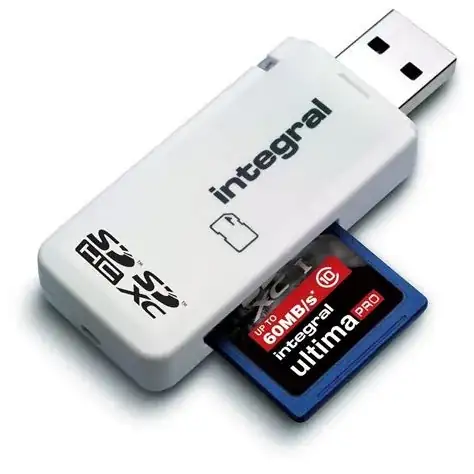I have a problem with my 3b+ that I am using as an aquarium controller.
This controller seems to work fine for multiple days and then it stops updating my web server. Which it is supposed to do via WIFI every minute 24x7.
This is running in a headless mode.
I often find if I then turn the device off, wait for a period of time (10-30 seconds) and turn it back on nothing happens.
I then plug an HDMI cable in and find nothing on the screen. I open the box it is housed in and I find that the pi is on (red led) and the green led flashes 7 times and repeats.
This means that it cant load a boot file.
If I remove or just move the SD card and power off and on it works again but it is a pain in the butt to do this all the time.
Is this a problem with the PI, or with the SD card?
Sometimes I have to reflash the card to get it to work properly again.
Can a Windows 10 IOT boot from another method? like a USB Stick or is that Linux only?
Chris
